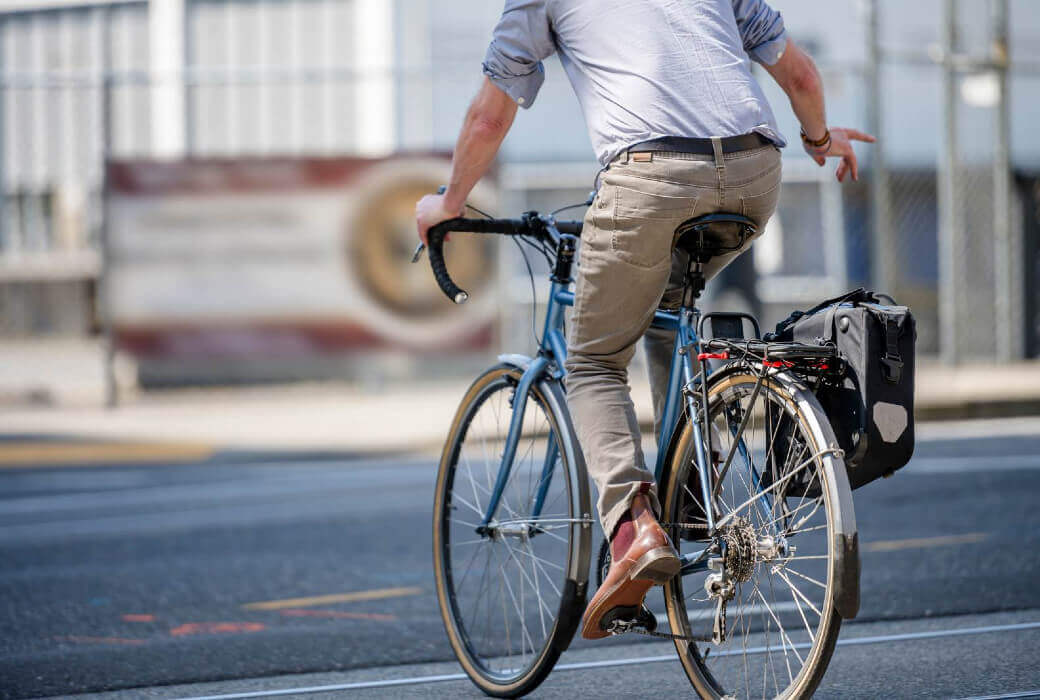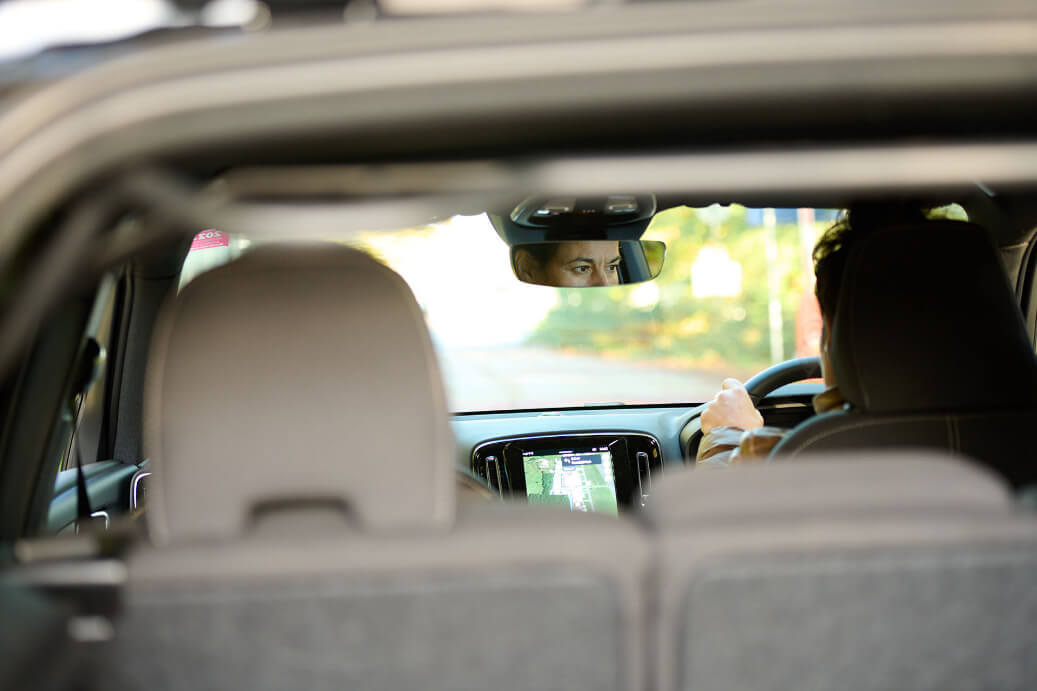Cycling participation rates are increasing massively year on year with many new cyclists taking to the roads for the first time.
With that has come the unfortunate rise in road accidents involving cyclists.
Cyclists can avoid becoming a casualty by following the rules of the road and watching out for the actions of other road users.
Some of the key do’s and don’ts which are relevant to all cyclists but particularly those new to the roads or returning after a long absence include:
Do:
The changes will be made to The Highway Code from Saturday 29 January 2022.
- Always check your bike is roadworthy and ‘fit for purpose’ by carrying out a simple check before you set out on your ride.
- Prepare before your journey. Decide your route, what clothing you need and don’t be in a rush.
- Ride 1 metre away from the kerb so you are easier to see. You won’t be squeezed up against the pavement and you can avoid the hazards of the gutters which can be full of rubbish, potholes and drain covers.
- Be aware of others using the road be they motorists, fellow cyclists or pedestrians. Remember it is not necessarily what you do but often the actions of others that can be dangerous and cause accidents.
- Stay behind a lorry, give it plenty of space and never go down the inside channel. A lorry driver cannot see you.
- When overtaking look behind early and try and make eye contact with the driver behind. Put yourself in the main flow of traffic until safe to move back towards the kerb.
- Be assertive – you are a road user and motorists behind will have to wait for you to make your manoeuvre if you are in front of them. You are not blocking their route.
- Communicate with other road users and pedestrians and don’t be afraid to use your bell or shout to give warning of your presence.
- Use signaling as required to let other road users know your intentions.
- Make sure you have good visibility both in front and behind you and if wearing a helmet and/or hat make sure it does not obscure your view.
- Wear clothing which is appropriate for cycling and in which you can be seen. High visibility does make good sense.
- Ensure you have lights on your bike and switched on not only at night but also in bad light.
- Get some cycle training to improve your riding skills.
- Enjoy the experience of cycling which is fun and keeps you healthy.
Don’t:
- Weave in and out of parked vehicles when overtaking. Stay out until safe to return towards the kerb.
- Cycle on the pavements unless using a cycle path.
- Cycle at speeds inappropriate for the road situation.
- Ignore traffic signs and traffic signals. If riding on the road follow the rules of the Highway Code.
- Rush your journey.
For more information, visit our Cycling and Walking page where you will find a variety of courses for experienced and novice cyclists to learn about hazard perception, road position, traffic signs, defensive riding and how to protect themselves from lorries and buses.

